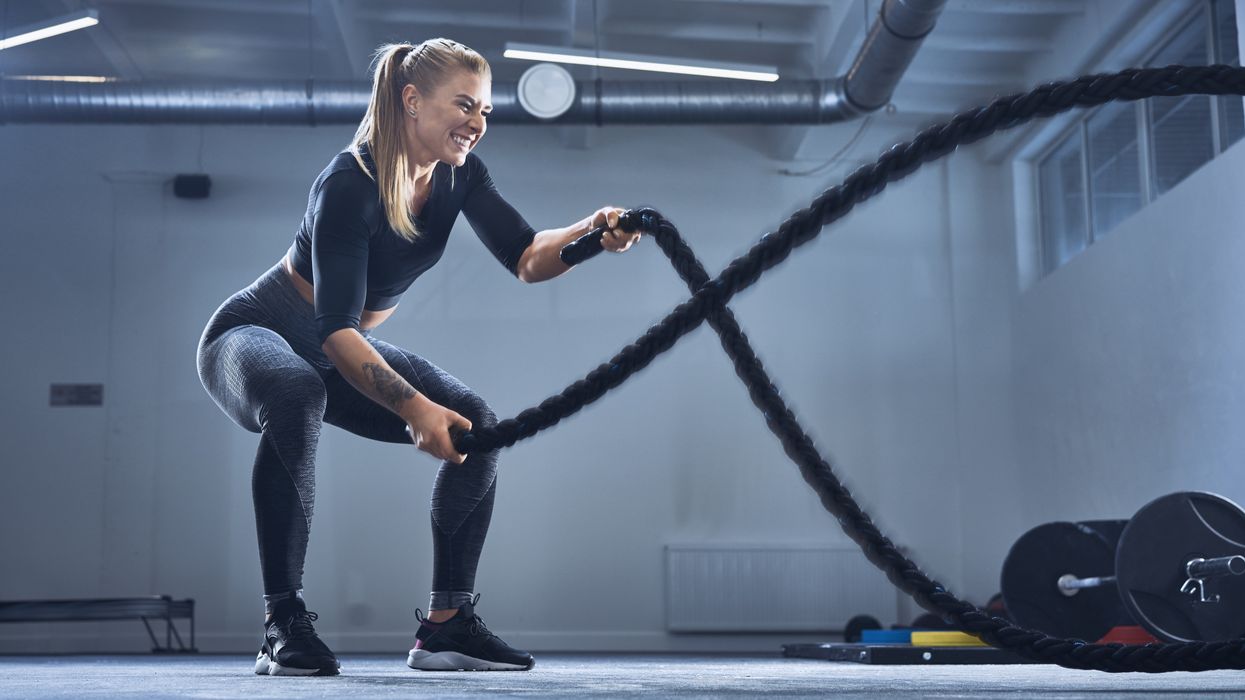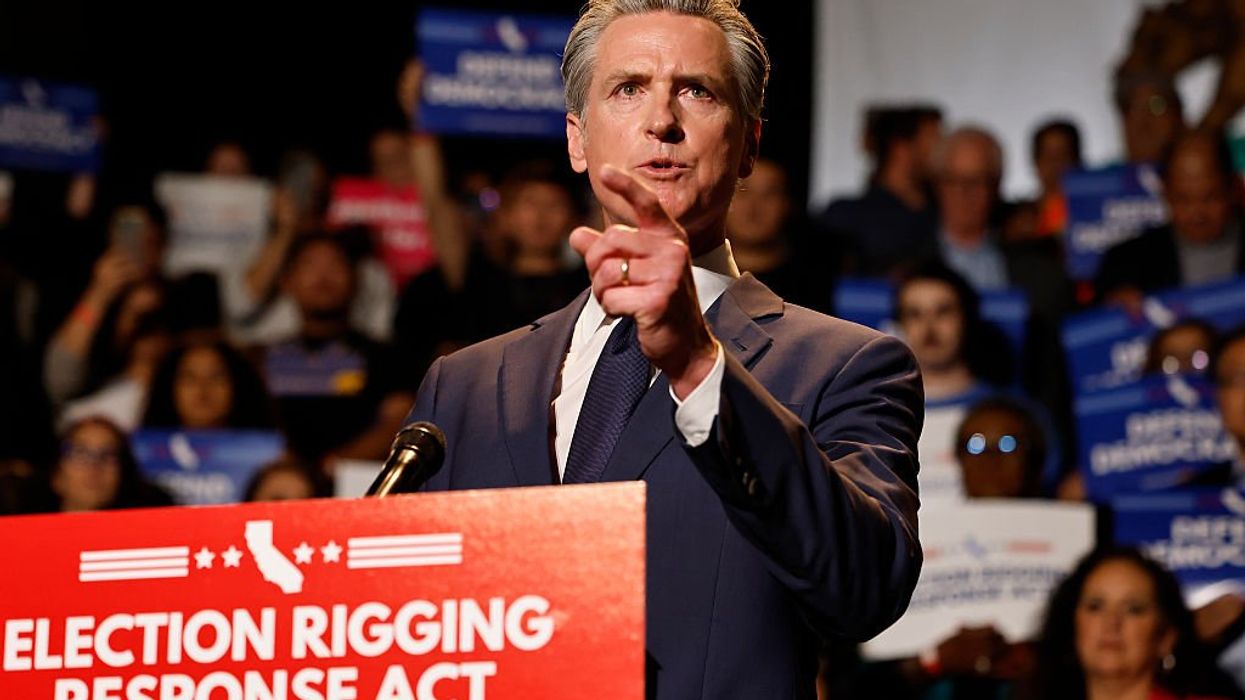Spenser is a poll worker, elections nerd, civics consultant and CrossFit coach.
So it begins. Early voting in some format has begun in nearly every state, and both parties, along with an army of political action committees, nonprofits and boards of election, are now chasing the same white whale: how to turn out voters, especially low propensity ones.
However, there’s an irony here: The masterminds behind these organizations are especially ineffective at reaching the 100 million Americans who are eligible to vote but choose not to.
I would know because I’m a hardcore election nerd. I’ve been a poll worker in New York City since 2012, I worked the census in 2021, I covered voting rights as a journalist for eight years and I’m now a consultant for civics organizations. Like you, I’m the kind of person who reads (and annotates!) my voter guide, casts a ballot the first day possible and treasures my "I Voted" stickers.
For fanatics like us, it’s particularly challenging to relate to those who have no interest in voting. ( What do you mean you don’t know who the Times endorsed for comptroller?!). But I’m also a CrossFit coach, and instead of thinking about voting as a sacred rite (which it is!), I challenge you to think of it how a fitness newbie imagines one of my classes:
- You expect it to be difficult, and you'll be embarrassed if you make a mistake.
- The people who are into it are waayyyyyyy too into it.
- You know you "should" do it but don't really want to.
It doesn't matter how much I tell you I love CrossFit (in fact, it probably freaks you out even more), or how much I lecture about the lifelong benefits of metabolic conditioning. You're turned off.
But what I love most about this metaphor is this: It emphasizes that voting, like working out, is a muscle that you build (*cue the groans*). In fact, one study found that voters who were contacted by face-to-face canvassers weren’t just more likely to vote in the upcoming general election, but were also more likely to vote in the local elections the following year. “The influence of past voting exceeds the effects of age and education reported in previous studies,” the authors reported.
That's all voting has to be: an exercise class. Maybe you're tired that day, and maybe it's raining, and maybe you don't love the workout, but you go anyway because that's just what you do.
So as you talk to friends, family, neighbors, coworkers and other citizens apathetic about going to the polls, avoid making your pitch grandiose and idealistic. Not only does that strategy typically backfire (“ CrossFit saved my life!”), but it also opens the door to endless, pointless philosophical debates, like the utility of a single person's vote and the oppression of a duopolistic political system.
Instead, give voters practical information: when, where, how. Demystify the process with (short) explainers about how to fill out a ballot and then mail it back to the elections office or insert it into the vote-counting machine. Reassure them that it's okay to make mistakes and that you’re happy to walk with them to the polls.
But more than anything, relate to them.
Yeah, voting is kind of inconvenient and annoying (blasphemy, I know!), but do it because, for the vast majority of Americans, it's pretty easy. Or do it because you're already getting an absentee ballot mailed to your house anyway. Or my personal favorite: Do it because whether you’ve voted is publicly available information, and once you’ve cast a ballot, the political parties will finally stop texting and calling you.
Our democracy is representative only if we vote. For some of us, the motivation to get to the polls is a fierce ideological commitment. For others, it may be a bit more quotidian. And if we want low-propensity voters to begin building the habit, we have to speak to them in a way that’s genuine, empathetic and not too full-on. And once they cast their ballot, come to one of my CrossFit classes. Research proves that consistent metabolic conditioning … oh, nevermind.



















